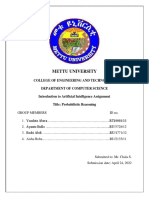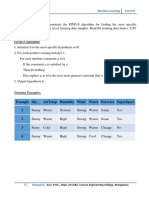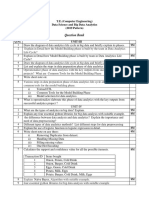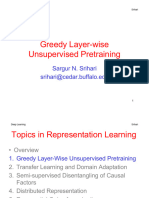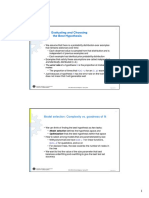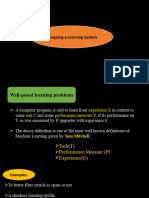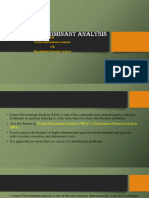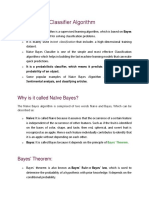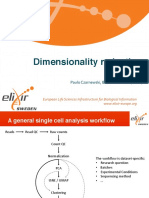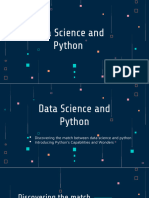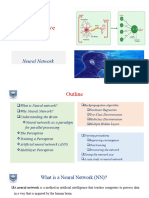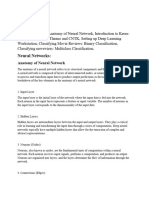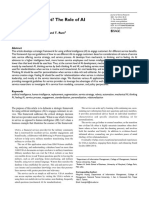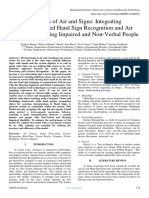0% found this document useful (0 votes)
828 views19 pagesNaive Bayes Classifier in Machine Learning - Javatpoint
The document discusses the Naive Bayes classifier algorithm. It begins by explaining that Naive Bayes is a supervised learning algorithm based on Bayes' theorem used for classification problems. It then provides examples of applications like spam filtering. It discusses the assumptions of conditional independence between features that give Naive Bayes its name. The document proceeds to give a mathematical example of how Naive Bayes works step-by-step. It concludes by discussing the advantages, disadvantages, and types of Naive Bayes models.
Uploaded by
mangotwin22Copyright
© © All Rights Reserved
We take content rights seriously. If you suspect this is your content, claim it here.
Available Formats
Download as PDF, TXT or read online on Scribd
0% found this document useful (0 votes)
828 views19 pagesNaive Bayes Classifier in Machine Learning - Javatpoint
The document discusses the Naive Bayes classifier algorithm. It begins by explaining that Naive Bayes is a supervised learning algorithm based on Bayes' theorem used for classification problems. It then provides examples of applications like spam filtering. It discusses the assumptions of conditional independence between features that give Naive Bayes its name. The document proceeds to give a mathematical example of how Naive Bayes works step-by-step. It concludes by discussing the advantages, disadvantages, and types of Naive Bayes models.
Uploaded by
mangotwin22Copyright
© © All Rights Reserved
We take content rights seriously. If you suspect this is your content, claim it here.
Available Formats
Download as PDF, TXT or read online on Scribd
/ 19






